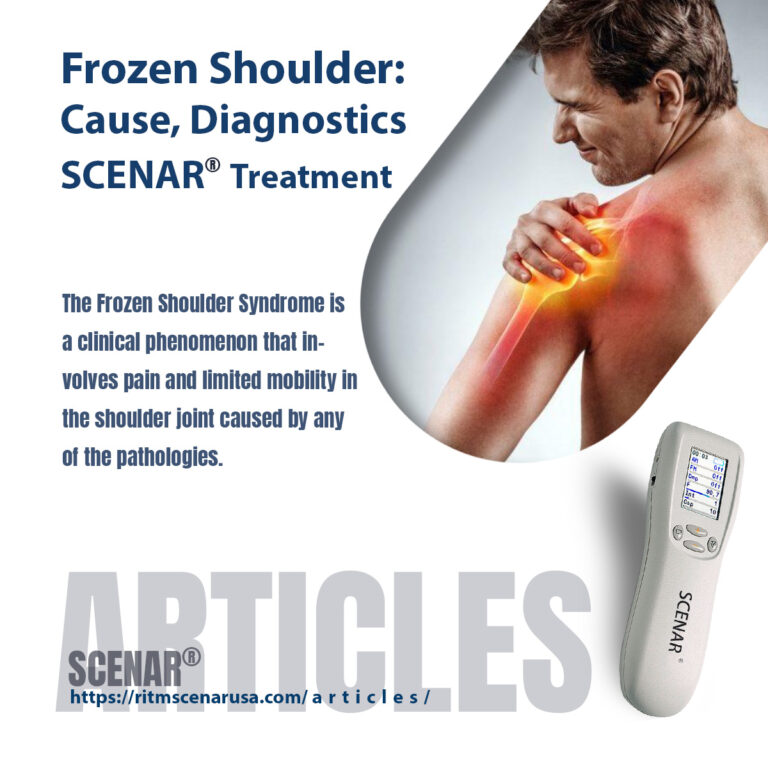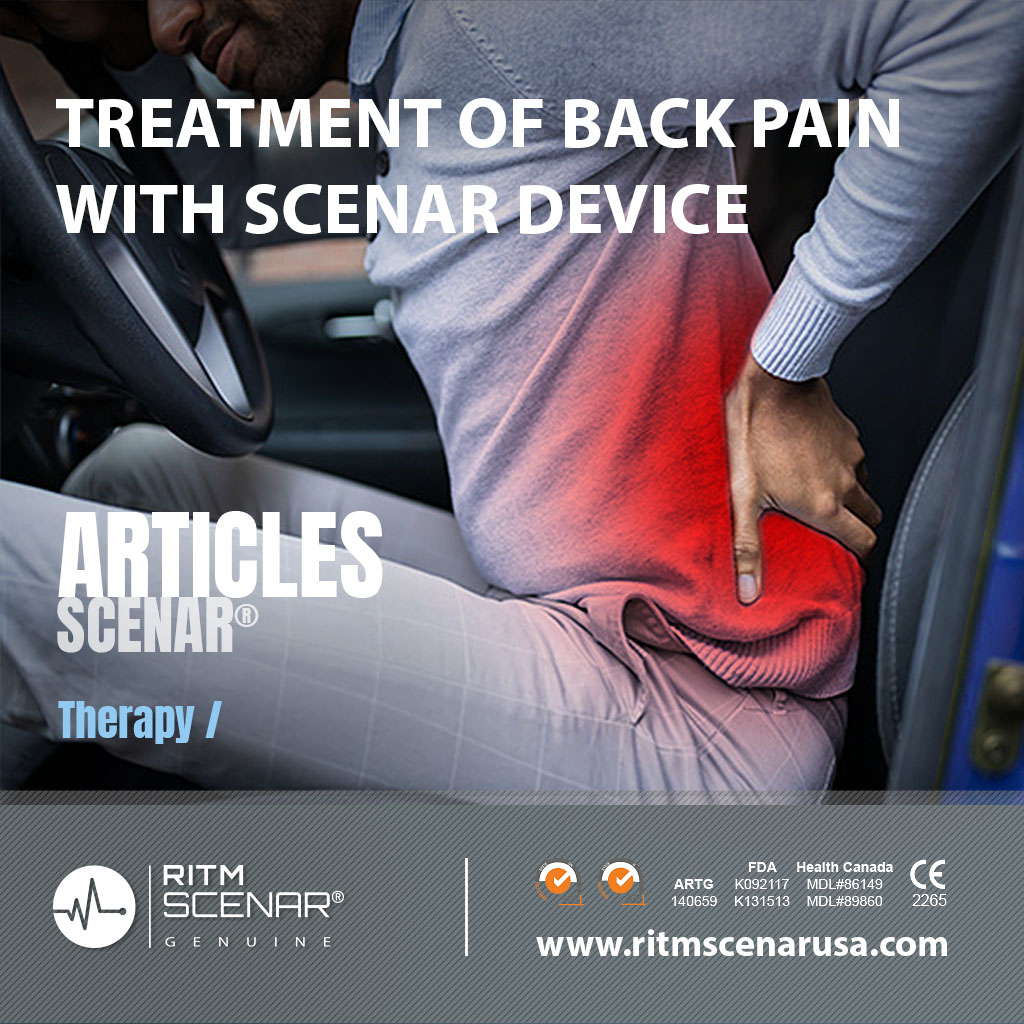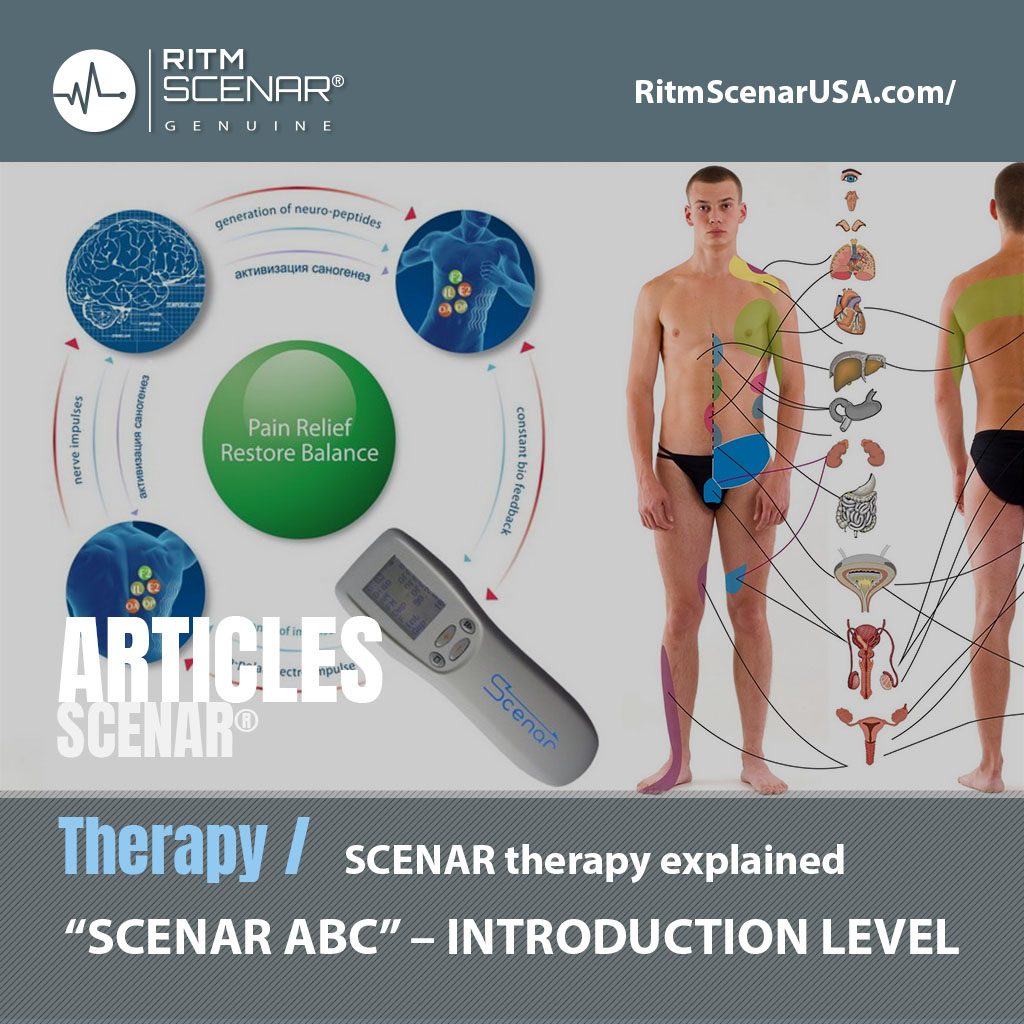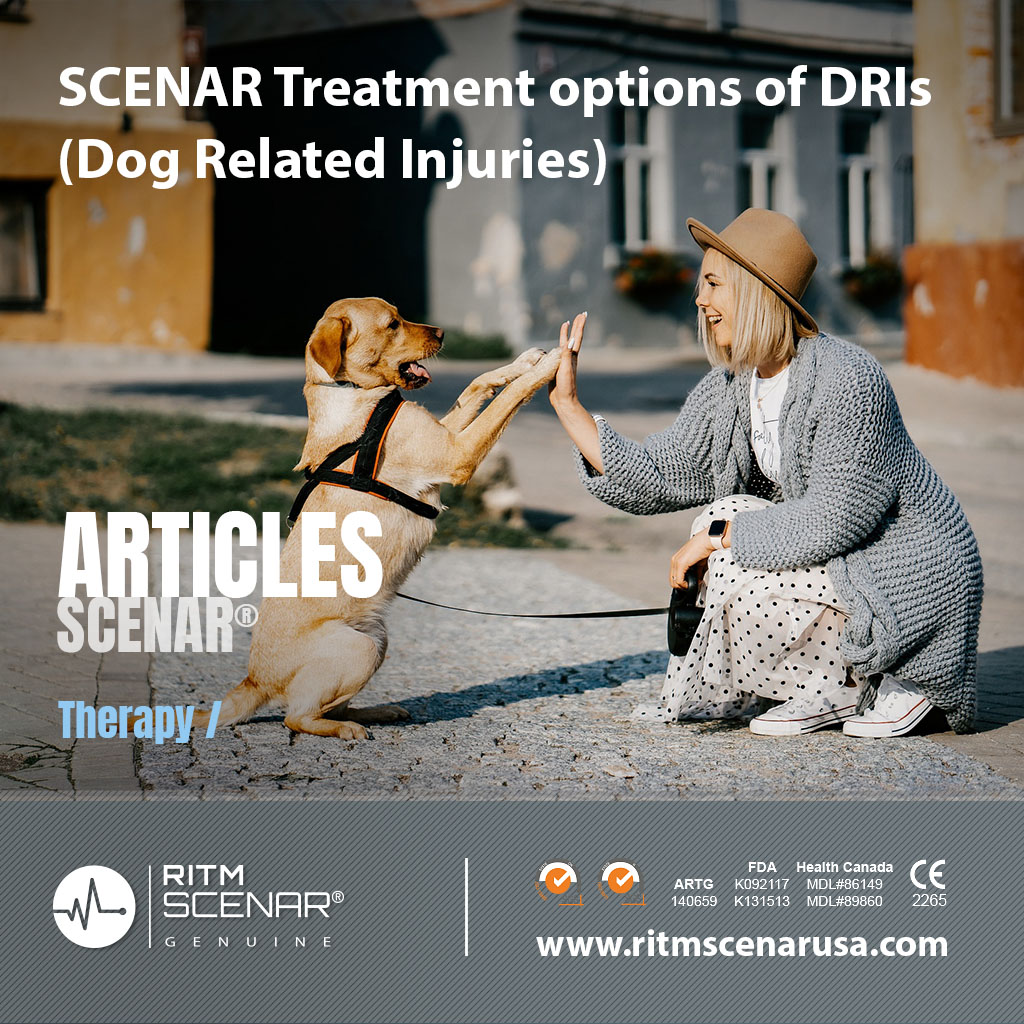The Frozen Shoulder Syndrome is a clinical phenomenon that involves pain and limited mobility in
the shoulder joint caused by any of the pathologies.
GENERAL INFORMATION
Risk factors:
-
-
-
- age;
- injuries or surgical interventions in the shoulder joint;
- diabetes;
- cardiovascular disease;
- cerebrovascular disease;
- endocrine pathology.
-
-
Most often, the Frozen Shoulder syndrome is characterized by the development of the degenerative
inflammatory changes in the joint-ligamentous apparatus of the shoulder. On the radiograph, it looks like
arthrosis and calcium deposits in the lateral parts of the joint capsule. Usually the Frozen Shoulder is a
chronic, long-term process, but it can develop suddenly, acutely and without visible provoking factors.
Clinically, the Frozen Shoulder is characterized by the shoulder pain with the radiation to the arm
and limitation of a range of motion in the shoulder joint. The motion limitation is more pronounced during
bending, extension and external rotation, less – at internal rotation. The movements in the neck are
completely the same but can somewhat increase the pain. With the abduction of the arm, the pain
intensifies sharply, the muscles of the shoulder girdle tighten. Due to contracture, shoulder abduction is
limited: the shoulder is “riveted” to the shoulder blade, and only a small abduction is possible. Forward
and backward movements are relatively free. Reflex and sensitive disorders in the shoulder girdle are not
detected.
Pain in the Frozen Shoulder is caused by:
-
-
-
- pathology of the rotator cuff of the shoulder,
- adhesive capsulitis;
- myofascial pain syndrome;
- a combination of these conditions.
-
-
Therefore, the therapy should be comprehensive and include not only the treatment of the joint, but
also the therapy of the soft tissues of the shoulder girdle.






